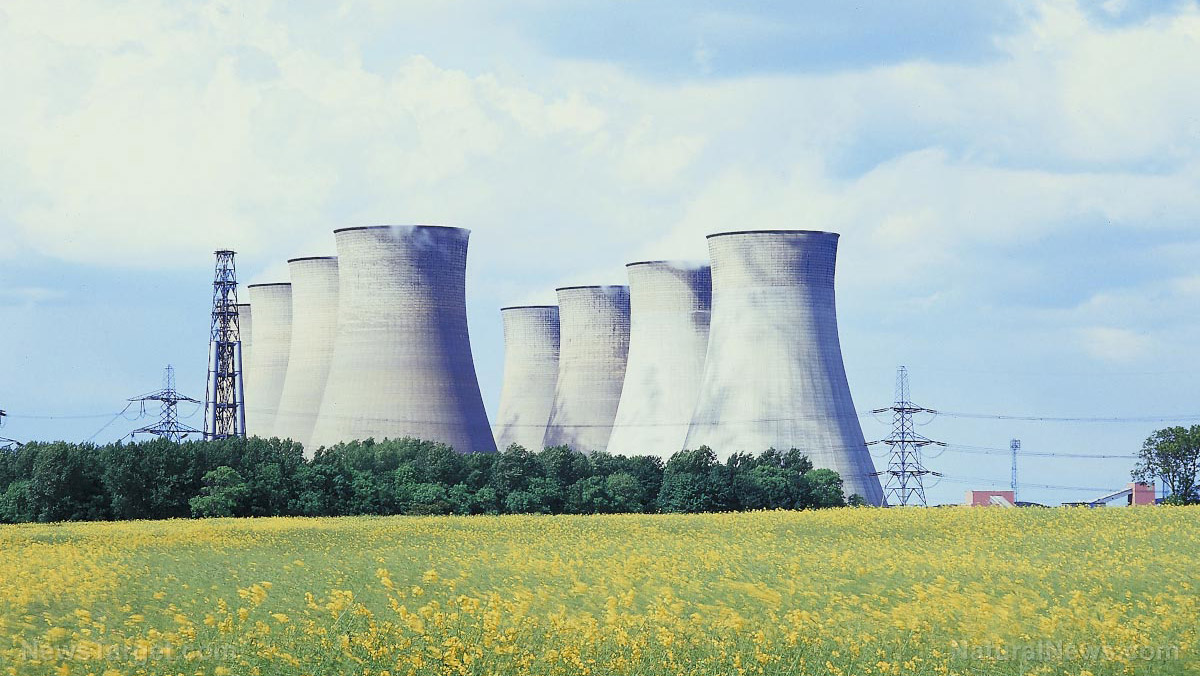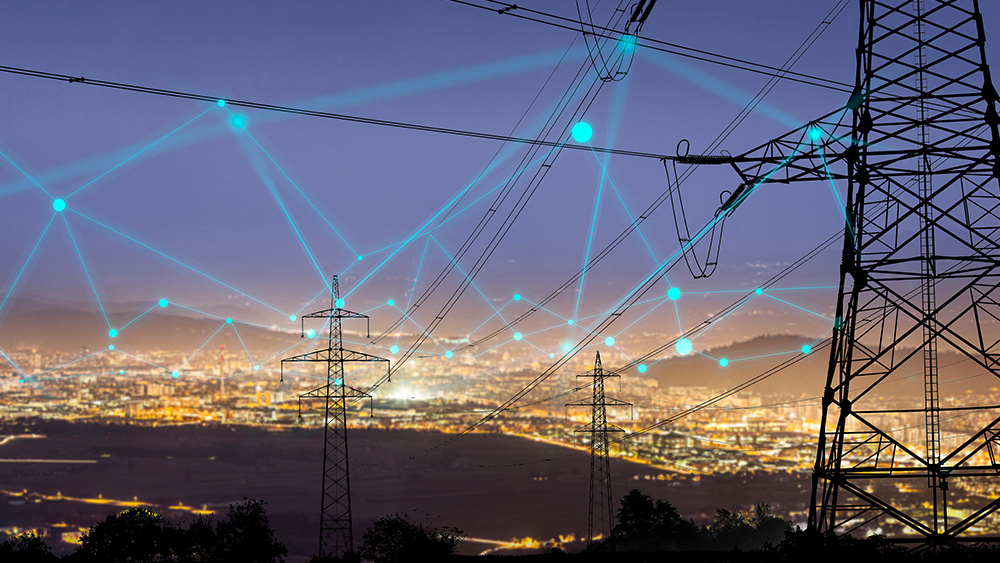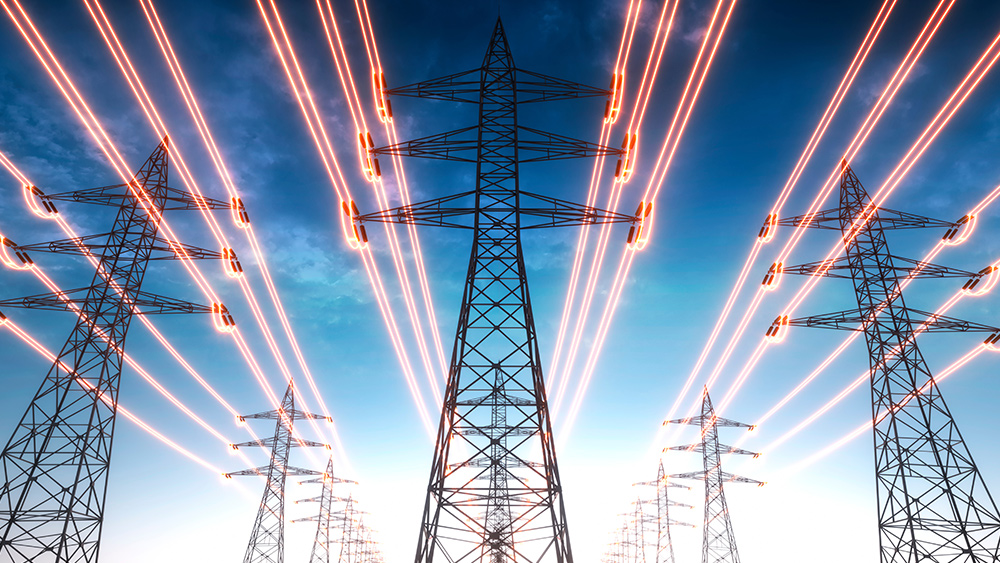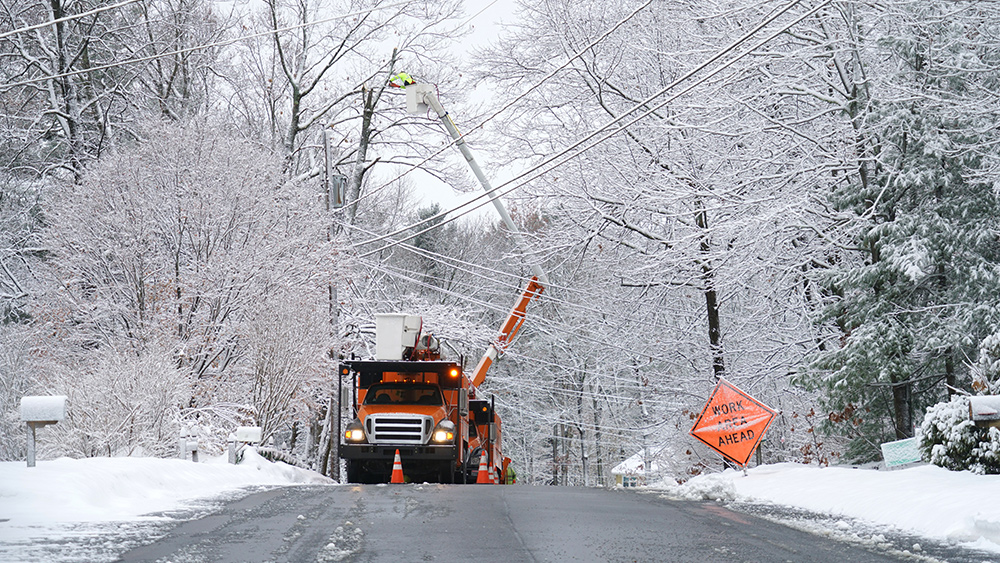U.S. seeks to reduce its heavy reliance on Russian uranium for nuclear power
03/25/2024 / By Cassie B.

When the House of Representatives recently passed a ban on the import of Russian uranium in an attempt to further discourage Russia from its activities in Ukraine, it led many to wonder just how much the country depends on Russia for its uranium supply.
According to statistics from the U.S. Energy Information Administration, Russia supplied 24% of the enriched uranium that was used by American commercial reactors in 2022, making it the biggest foreign supplier of nuclear power to the U.S.
Meanwhile, 27% of the enriched uranium the U.S. uses is domestic, while it gets 12% from Germany, 11% from the UK and 9% from the Netherlands. Another 16% of the country’s enriched uranium comes from other sources. After it is mined, uranium must be milled and mixed with water before being leached with acid to create the yellowcake that is refined and used for nuclear facilities.
When Russia first invaded Ukraine, the U.S. restricted imports of Russian-produced oil and gas, but it did not place any restrictions on Russian enriched uranium. Given that about one fourth of the enriched uranium that is used for powering the 90-plus commercial reactors in the U.S. came from Russia, it is not surprising that the country has been hesitant to add restrictions.
The U.S. isn’t the only country that depends on Russia for its enriched uranium; a dozen other countries also get enriched uranium from Russia, many of whom are Ukrainian allies and members of NATO. In 2022, American companies paid more than $850 million to Russia for their nuclear fuel services; the total with European allies included is $1.7 billion, which means that the U.S. is helping to fund Russia’s war against Ukraine even as it offers support and funding to Ukraine to defend itself.
The U.S. currently uses nuclear energy for 18% of its electricity.
U.S. dependence on Russian uranium creates major energy security vulnerability
Although the U.S. developed considerable nuclear weapons infrastructure during the Cold War, much of it was aging out when the Cold War ended. Instead of making the significant investments that would have been needed to modernize the infrastructure, the U.S. found it more cost effective to purchase nuclear resources from Russia.
However, the downside of this dependence has been thrust into the spotlight thanks to the war in Ukraine, illustrating the huge energy security vulnerability that this poses to the U.S.
The bill also sees $2.2 billion being set aside to expand uranium enrichment capabilities in the U.S. to reduce its reliance on Russia. Expanding America’s capacity for enriching uranium will require significant time and money, along with some degree of confidence that the demand will continue in the long term and the investment will therefore be justified. Some nuclear plant operators in the U.S. have already started to shift away from Russian uranium, but it is a change that could take quite some time.
Ahead of the House vote, the bill’s sponsor, Representative Cathy McMorris Rodgers (R-Washington) said: “The risks of continuing this dependence on Russia for our nuclear fuels are simply too great. It’s weakening America’s nuclear fuel infrastructure, which has declined significantly because of reliance on these cheap fuels.”
Although the bill has yet to pass the Senate and is therefore not a law, the ban will take effect 90 days after it is signed. It has a waiver process that gives the Energy Department the power to permit some imports over the next three years should no viable alternatives be available and the Energy Secretary determines that it is “in the national interest” to import it. However, there are some concerns that this waiver will be exploited as a way of getting around the uranium ban.
Sources for this article include:
Submit a correction >>
Tagged Under:
awakening, banned, big government, chaos, Collapse, electricity, energy supply, enriched uranium, fuel supply, metals, nuclear, nuclear fuel, nuclear power, power, power grid, progress, rationing, Russia, scarcity, supply chain, World War III
This article may contain statements that reflect the opinion of the author
RECENT NEWS & ARTICLES
COPYRIGHT © 2017 POWER NEWS




















